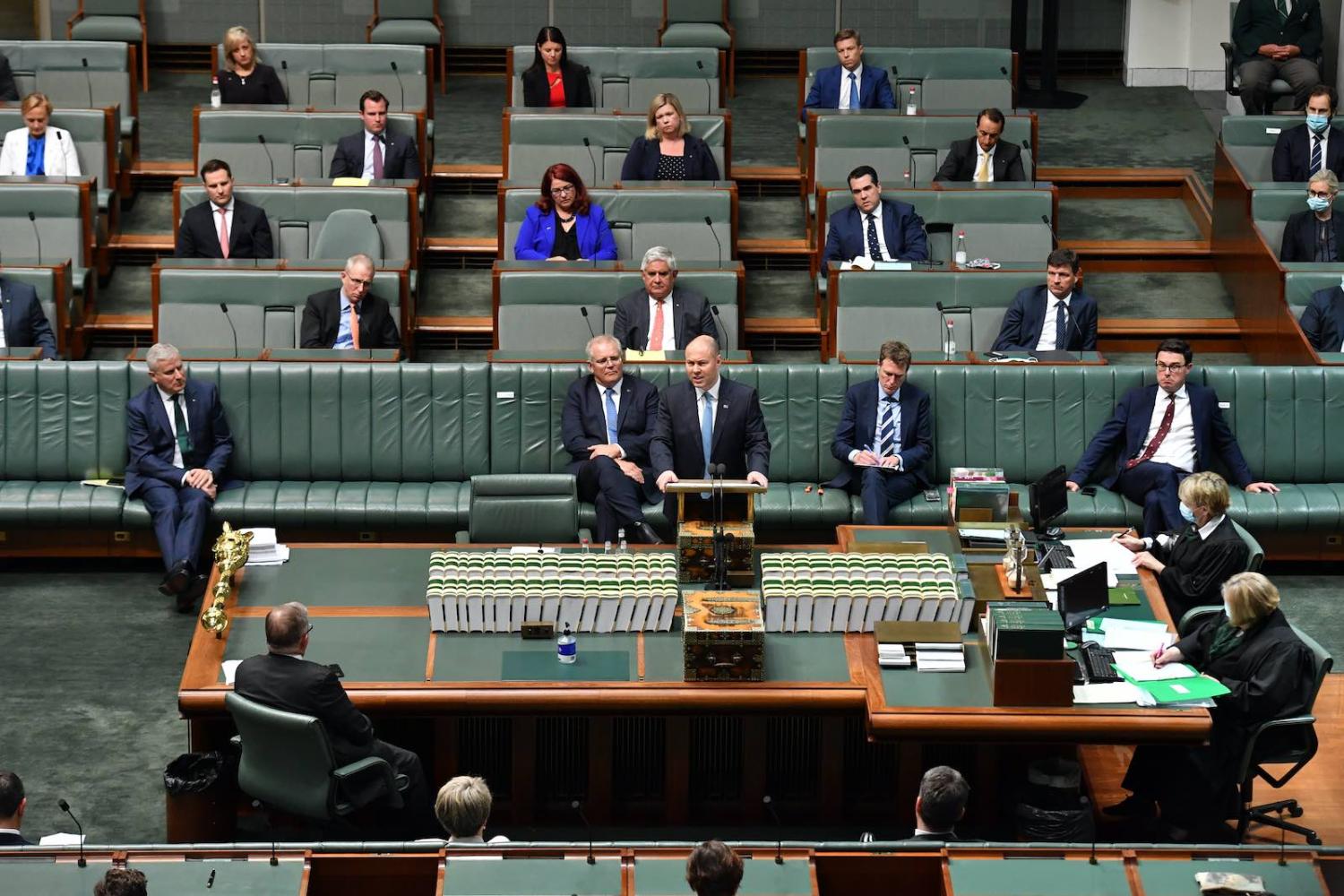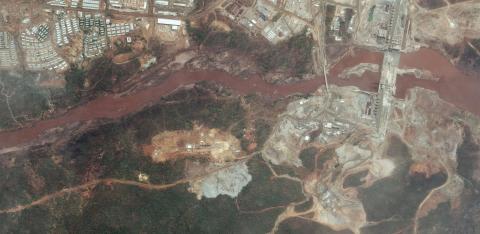It’s been a few years since my once-regular annual budget analysis for the foreign affairs, defence and trade portfolio. But of course, this is not just any budget.
This is a big-spending budget to address the most significant national and international crisis of a century. Before the Treasurer’s budget speech last night, many of the spending measures were already known. That was not the case for the low-profile portfolio of foreign affairs, which we heard was forced to cut 60 jobs across the department mid-year to meet internal budgeting constraints. There was much hand-wringing over that issue, but the commentary missed the fact that the department had been subjected to far more savage cuts in the 2014 budget, which were forecast to reduce headcount by 550 and in the end resulted in just over 500 jobs lost.
It’s become fashionable, recently, to lament the parlous state of DFAT’s funding. There’s been a veritable chorus of worthy calls for increased spending on diplomacy at a time when investment in Australia’s defence is at historic highs.
Sadly, this is not a new problem. It’s one we exposed in the Lowy Institute’s 2009 Diplomatic Deficit report, revisited two years later, and on a monotonously regular basis thereafter. A decade later, the evidence those reports uncovered has not been addressed: that the resourcing of the Department of Foreign Affairs and Trade has flatlined, not just in the past couple of years, but in a crushing bipartisan effort over more than three decades. During the same period, the country’s GDP has tripled, and its defence expenditure more than that. Yet Australia has around 90 fewer diplomats posted overseas in its small diplomatic network than it did in 1989. As I pointed out earlier this year, that number, now 860 diplomats, is dispersed across 84 countries and must manage the full spectrum of Australia’s foreign and trading relations, including providing consular assistance to Australians abroad — a very public function that has been scrutinised closely in the Covid-19 crisis. Despite the welcome investment in new diplomatic missions overseen by former foreign minister Julie Bishop, Australia still has one of the smallest diplomatic networks of all developed nations – ranked 27, in fact, among 61 OECD, G20 and Asian countries, and smaller than those of Chile, Portugal, Hungary and Greece.
In the largest consular operation in DFAT’s history, still in process, tens of thousands of Australians stranded abroad by Covid-19 travel restrictions have been repatriated. Yet this budget’s allocation for consular funding is smaller in real terms than that in 1989, albeit with a modest increase over last year.
It is a trite observation that Australia faces one of the most challenging international environments in a century. At a time when our instruments of international relations should be at their peak, they are – save for the very healthy Defence portfolio – at their lowest ebb ever. The budget papers reveal some small additional measures for the department’s operations, but they are basically crumbs. There is an unpublished amount for assisting Australians stranded overseas. There is $6.6 million over four years to assist Australian businesses to “increas[e] the share of two-way trade covered by free trade agreements and by expanding regional digital trade” – but met from within the existing departmental resources, in the same way the funding for improved Australia-China relations through the new National Foundation for Australia-China Relations was “provided” in 2019. At least the funding for the new strategic partnership work with India ($62 million) announced in June this year is actually new. There is $16 million over four years for security upgrades for our diplomatic missions. There is $25 million to review arrangements of state governments and universities with foreign governments to ensure consistency with national interests. That’s about it.
Year after year, DFAT is forced to do more with less. Staff morale must be abysmal.
These measures leave DFAT’s nominal budget at around the same level as in 2020, but when inflation is applied, even accounting for shrinking GDP forecasts, the real expenditure in 2024 will be less than that of 2014, a decade earlier. Year after year, DFAT is forced to do more with less. Staff morale must be abysmal. The ignominy of it was pointed out by outgoing DFAT secretary Dennis Richardson in 2012: when other government functions grew “during the times of plenty in the late 1990s and the early 2000s”, DFAT languished. There being no fat to cut as a result, noted Rory Medcalf earlier this year, DFAT is now “cutting muscle and bone, which is not pretty”.
The making of this budget must have been an excruciating task. The challenges are monumental. But many of the problems are the international ones highlighted earlier this year in the grip of the pandemic. Likewise, many of the responses will require deft and robust handling of international relations: dealing with economic coercion, working with other nations to strengthen global governance and international bodies such as the World Health Organization, navigating great-power competition in the region, and working with like-minded nations to shore up regional security and preserve some semblance of a workable global order. This is the preserve of diplomacy.
DFAT Secretary Frances Adamson has spoken up about the state of her department, observing in a speech last month that diplomacy is “our first line of defence against forces that threaten our way of life”. Chief of the Defence Force Angus Campbell agreed.
This budget reaffirms Australia’s skewed priorities. We are skimping on diplomacy while investing heavily in defence. Expenditure on defence is on track to cross the “magic” 2% of GDP this year, increasing steadily across the forward estimates. Yet funding for diplomacy will fall to just 0.08% of GDP by 2024 (yes, less than a tenth of one percent). Aid expenditure is similarly at all-time lows, although at least our assistance to the Pacific has been preserved.
The challenges in recovering from the pandemic are global as much as local. We need to be match-fit to meet them. But Australia’s international policy infrastructure is in danger of atrophy to the point of paralysis. We have had ample warning.

